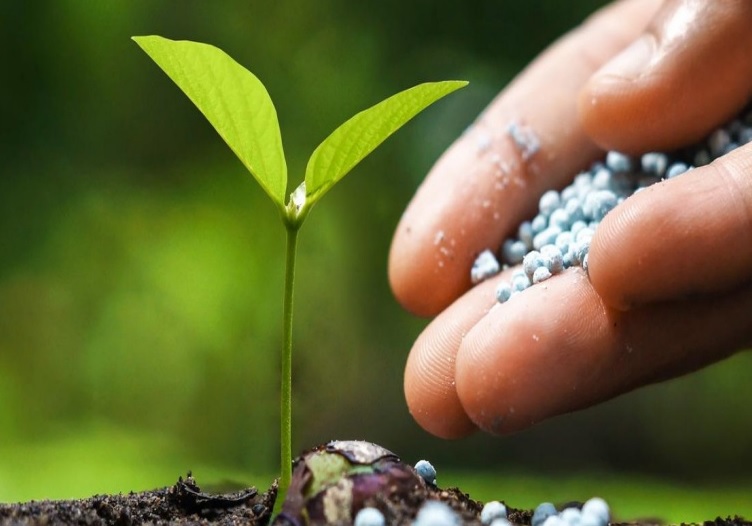The maintenance of a cocoa farm is an all-year programme embracing various operations at different periods of the year. If maintenance is correctly and adequately carried out, diseases and weeds will be less of a problem and their control can be achieved more efficiently and effectively. The main maintenance operations are as described below.
Weeding: Weeds pose a great problem during the early years of the plant. The frequency of weeding depends to a large extent on the amount of overhead shade and rainfall. On a small plantation, clean weeding is possible but on large plantations, it is always difficult. But row weeding should be done thrice a year, supplemented by at least four to six slashing of avenues per year. Herbicides may also be applied and the use of 1.5 litres of commercial product containing 200g/l. Of paraquat in 300 litres of water per hectare has been recommended (Gramoxone).
In adult plantations, the carpet of the dead leaves and the shading of ground by the cocoa trees with close canopies, eliminate s any weed growth.
Mulching
Young cocoa trees should be mulched before the onset of the first dry season. Each plant should be given a 15cm deep layer of mulch towards the end of the rains, but a small area around the base of each seedling should be left clear to reduce termite attack on the stem.
Shade management
Nurse shade should be thinned after a couple of years but its complete removal will depend on when the cocoa has formed a closed canopy. However, thinning and removal of nurse shade should be done at the end of the dry season.
Pruning and Regeneration
Pruning aims at obtaining a clean farm thereby reducing the relative humidity of the farm which may encourage diseases like the back of disease of cocoa. Light pruning is usually done preferably at an early stage of the plant, with a sharp Cutlass, secateurs, or a saw. Pruning can be done in the following ways
- Prunning of seedlings at the point of branching is called jorquette. This is done by reducing the branches of the vigorous ones. Each branch should then be allowed to grow to about 45cm long before being clipped off, 10cm from top to encourage secondary branching. In this way, asymmetrical canopy will be from chupons and young flushes on the stem should be removed and all cut surface should be painted.
- When part of a tree is damaged, remove the damaged portion to give the tree a good shape. But a whole tree is damaged, select two vigorous shoots on the main stem and remove all others, allow only one of the shoot to jorquette to replace the damaged tree.
- When braches of the canopy are cut by Strom or wind remove the damaged ones and allow new buds to replace them.
Manuring
Normally, there is no specific fertilizer application rate for Cocoa in Nigeria. But, you can follow these rates: in the first year, apply 50g of single superphosphate (SSP) or 20g triple superphosphate (TSP) per tree in a circle that least 25cm away from the tree. Half of the rate should be applied in July and the remaining half in September. During the second to third year after planting, the split application of fertilizer is also employed. Apply 125g SSP or 55g TSP per tree in a ring around the main stem in May and September. 150 to 300kg/hectare of SSP or 63 to 126kgTSP per hectare can be applied at 4 to 6 years. Continuous manuring method can be adopted as well, by broadcasting half the rate in May and September. You can also learn more about the concept of Continuous Manuring here.
Apply 305 kg urea (Nitrogen source), 250kg SSP (source of Phosphorus), and 40 k KCl per hectare for mature trees using the continuous manuring method.




